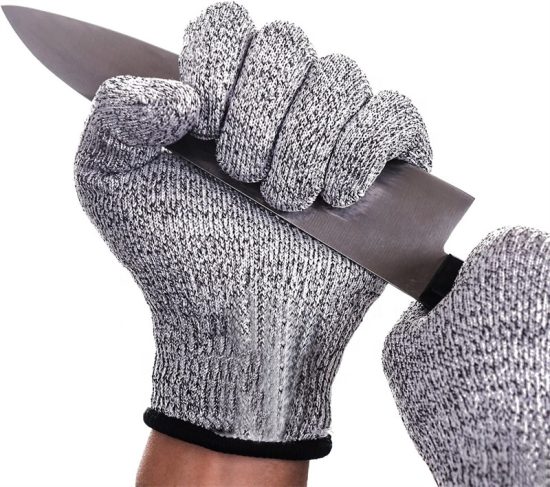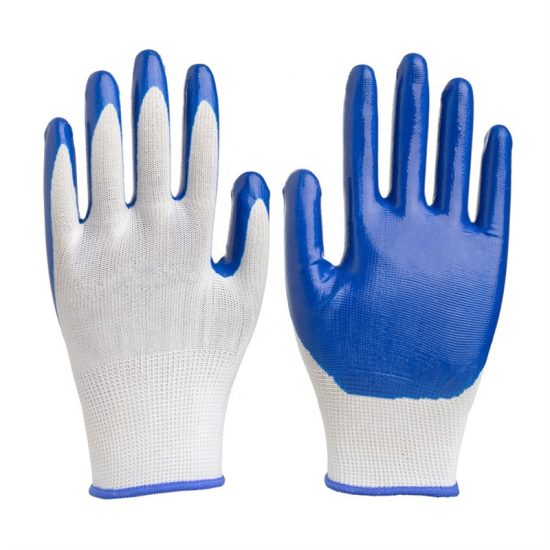There are several different types of cotton work gloves available, each designed for specific purposes and offering unique features. Here are some common types of cotton work gloves:
- Jersey Gloves: Jersey gloves are made from a knitted cotton material known as jersey fabric. They are lightweight, comfortable, and provide a good balance between dexterity and protection. Jersey gloves are commonly used in general-purpose applications such as material handling, assembly work, gardening, and light maintenance tasks.
- Chore Gloves: Chore gloves, also known as canvas gloves, are made from a heavier-weight cotton material. They offer increased durability and protection against abrasions and rough surfaces. Chore gloves are commonly used in construction, landscaping, and industrial settings where more rugged hand protection is required.
- Terry Cloth Gloves: Terry cloth gloves are made from soft, absorbent cotton fabric with loops that increase their cushioning and absorbency. These gloves are ideal for tasks that involve handling hot objects or liquids, as the loops help to insulate the hands from heat. Terry cloth gloves are commonly used in industries such as food service, baking, and general household chores.
- String Knit Gloves: String knit gloves are made from a continuous piece of yarn that is knitted into a seamless glove. They offer good dexterity and breathability, making them suitable for tasks that require precision and tactile sensitivity. String knit gloves are often used in assembly lines, packaging, inspection, and light-duty applications.
- Inspection Gloves: Inspection gloves, also known as cotton liners, are thin and lightweight gloves typically worn under other gloves or as standalone gloves for tasks that require cleanliness or protection against skin irritation. They are commonly used in cleanroom environments, electronics assembly, and industries where product contamination must be minimized.
It’s important to consider the specific requirements of your work environment, the level of hand protection needed, and the tasks you will be performing when selecting the appropriate type of cotton work gloves. Additionally, consider factors such as grip, sizing options, and any additional features like coatings or reinforcements based on the specific hazards and needs of your work environment.


